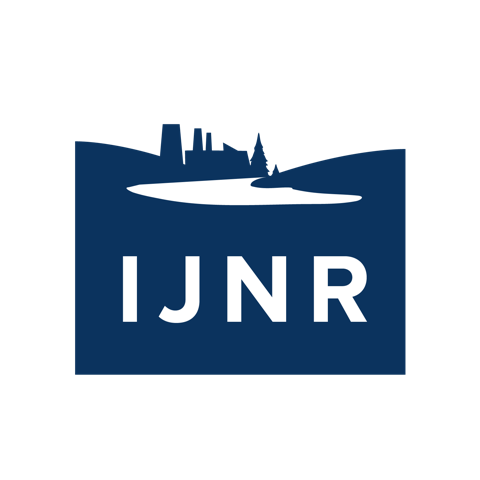Day 6: Wastewater and Water Supplies
Down in a Hole: How Cleveland Collects and Cleans Its Wastewater To Protect Its Supply
Deep beneath Greater Cleveland extends an increasingly large network of what will someday be 21 miles of seven subway-sized tunnels (or more accurately, holding tanks) being built to temporarily contain the massive burps of sewage/stormwater that can occur during and after heavy rains – a nasty cocktail that currently overflows into the Cuyahoga River or directly into Lake Erie from giant, aging pipes. The Northeast Ohio Regional Sewer District (NEORSD), under orders from the EPA to stop the sewage from polluting the waterways, came up with a $3 billion plan (now called Project Clean Lake) that has already effectively cut the Combined Sewage Overflows in half or more – but at considerable cost to the resident ratepayers of Cleveland and the 60-plus communities in the Sewer District. NEORSD has touted its program as a nearly guaranteed fix, projecting that 98 percent ofsewage runoff would be contained by 2036, and although some news coverage has suggested that other communities like Philadelphia have more effectively turned to greener and less expensive measures to prevent runoff from ever reaching the sewer pipes, NEORSD is banking onits big tunnels. The group heard from Sewer District officials to get their take on the ambitious program, and then descended several hundred feet beneath the city to a pumping station that pushes the CSO sewage mix up to the tunnels.
Prevention Versus Cure: How Akron Is Proactively Protecting Its Water Supply
While Cleveland draws drinking water from an underwater intake several miles out into Lake Erie, the nearby city of Akron gets its water primarily from Lake Rockwell, a reservoir contained by a century-old dam, within the watershed of the Upper Cuyahoga River. Many people associate the Cuyahoga only with an infamous fire nearly 50 years ago that ignited in the oil- and debris-soaked shipping channel in industrial Cleveland and became an icon of the environmental movement in the early 1970s. The upper portion of the river is lesser known, but equally important, coursing through the 33,000-acre Cuyahoga Valley National Park. Akron, like Cleveland and its suburbs, has had to deal with the prohibitive cost of upgrading its sewer and drinking water systems at the same time. Also under a Consent Decree with the EPA, Akron has focused primarily on protecting the watershed and drinking water at its source rather than on the sewer end of things. The group toured the aging dam and talked with city engineers and other officials about water quality monitoring, agriculture and septic systems, and more. Then the group discussed the difficulty local governments are facing as they are forced to spend so much on sewers while drinking water faces greater demand with shrinking dollars.
